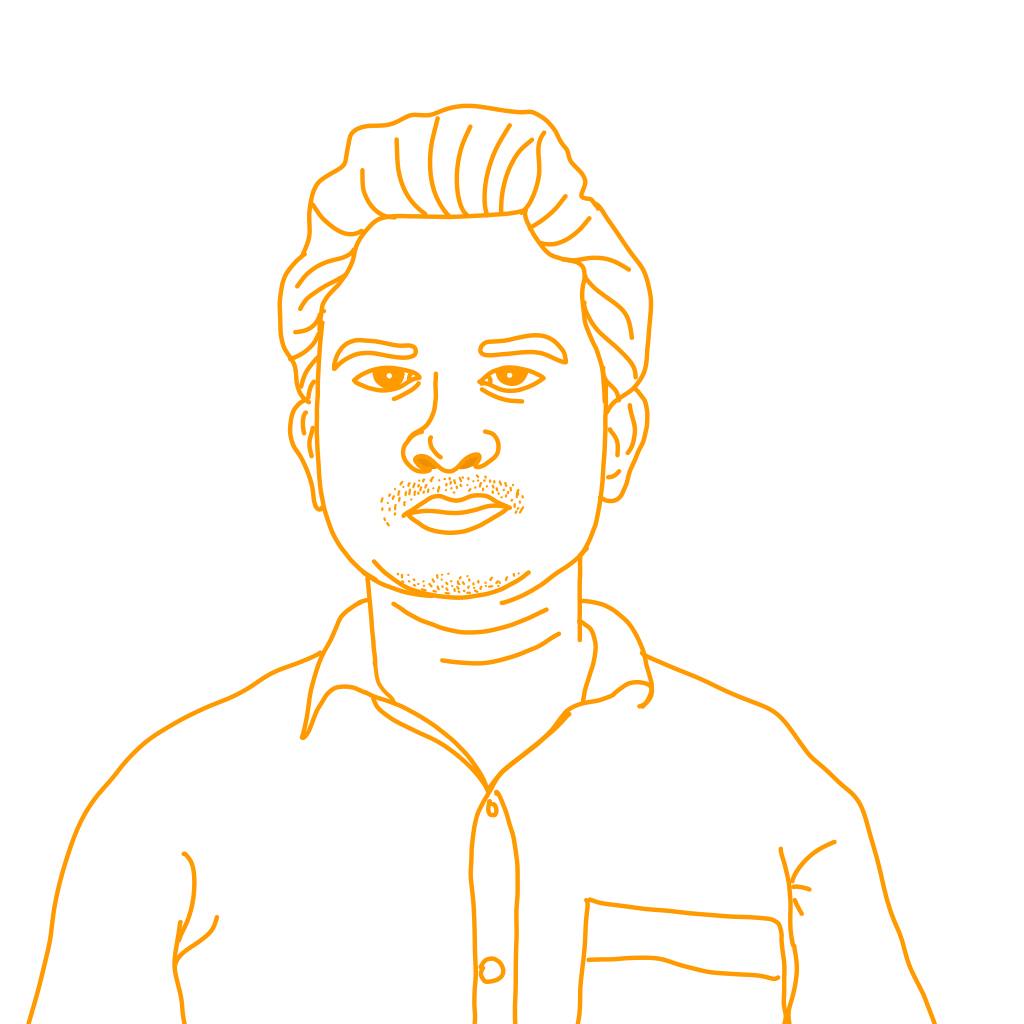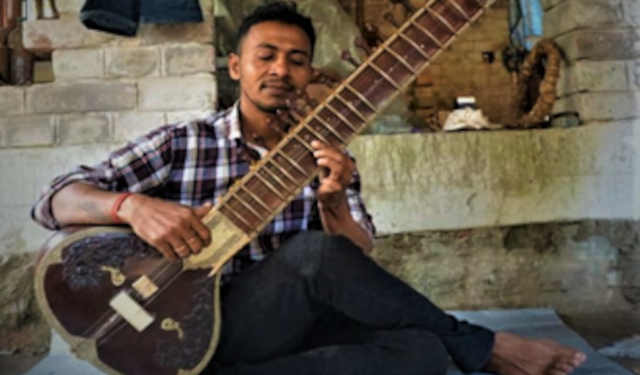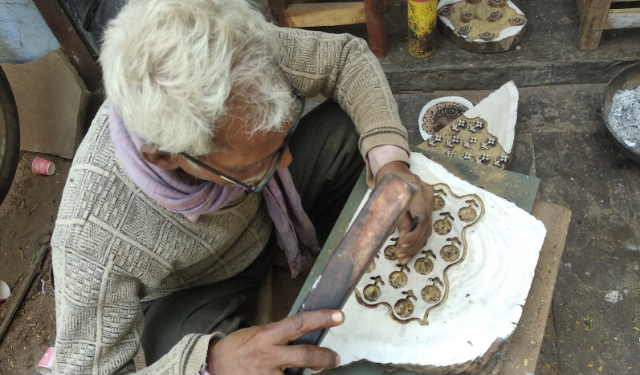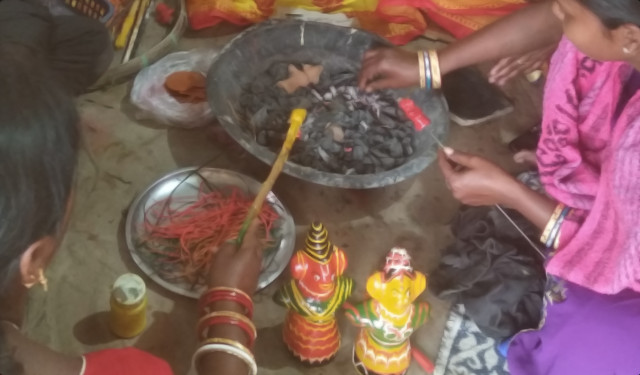Music is a medium of expressing the feeling of human pleasures.This Context emphasize on transition of sitar morphology, physical development , organic materials and various terminologies of Sitar.The art of making stringed instruments in Dadpur has been traditionally carried on from generation to generation, from primitive stage to this modern age.Manufacturing stringed instruments is itself a creative process which cannot be Static,hence the gradual developments and experiments have always given new ideas to the modern generation.
Transition And Physical Development of Sitar
The word “Setar” is a Persian One. In 13th century during the reign of Giasuddin Balvan the great Poet Aamir Khusroo entitled Kachchapi, Tritantri Vinas as “Setar” in general. Basically, the word “Setar” is synonymous with “Tritantri “in Persian language “se” means three.The structure of tritantri vina is a like Kanchchapi Vina. That is why now a days three stringed Instruments like Kanchchapi vina are Denoted as “Setar” By Mid-19th Century Sitar was familiar for solo performance and accompanied with vocal and Dance. It has 3 strings, metal frets and was played with a mizrab.
It had touchy tonal quality that used to please the listeners. But the next development of the instrument actually took place from the later part of this century. It almost took a period of 100 years for the sitar instrument to get its modern Shape, Size and mechanism. Various regional influences have got some effect on the physical development of the instrument and as a result a number of varieties were developed. It is believed that until later part of 19th century the sitar instrument totally made of “Paper Mache”.
Raw Materials
Bottle Gourd (lao)

Cellulite Paper

Toona Wood

Strings

Bamboo Sticks and Adhesive

Terminologies Of Sitar
Sitar Making is a very traditional craft. Virtually every city has craftsmen who deal in this commodity. Like The other crafts, it is passed down from generation to generation. Manufacturing of Sitar takes place in a step wise manner accordingly.
The Neck (Dandi)
The neck is based upon six Pieces. There is the major portion of the neck, this is Dandi. there are three front plates and two camel bone bridges.
Patri (Neck Bridges)
The Patri are the two bridges at the top of the Neck. The word “Patri” literally means Leaf. And may be applied to any flat leaf like object. The bridges are then finished, cut holes in one of the bridges to allows the strings to pass.

Taraf Mogara
The mogara are the small camel bone that are glues into holes on the neck front plate. They serve to strengthen the hole so that the strings don’t bite into the wood.
Gullu
It is the wooden Cowl that joins the neck (Dandi) with the gourd. It is hollowed out of a single piece of wood.
Gourd taraf
The gourd forms the bulk of the resonator. This is large hard gourd, roughly 14 inches in diameter. There are two ways that the gourd may be cut and mounted on the sitar. The most common has the base of the gourd running perpendicular to the face.

Tabkadi (Faceplate)
It is Probably the most important wooden piece of the sitar. It is made of single piece. It is very important that the grain of the wood run in the direction of the tabkadi. It is also very important that this would be free of knotholes or other imperfections.

Decorative leaves and fauna
These decorative leaves are usually made of wood and glued to the gourd, just below where the gullu attaches. They are purely decorative and are some times left off the Instrument.

Mogara
The mogara are the two post that raised the Strings above the neck. It literally means jasmine. These posts are places in holes that are drilled in the side of the neck.

Taraf ka Ghoraj (Bridge for Sympathetic Strings)
The Sympathetic strings also have a bridge. This has a contour Similar to the Main Bridge, Both the main bridge and the Sympathetic bride.



 Making wooden blocks for printing
Making wooden blocks for printing